Richard Wagner
/ˈvɑːɡnər/ (1813 – 1883)
Wagner changed the course of both opera and classical music in general. His aim was to create a "Gesamtkunstwerk", ≈ poetry + drama + music + song + painting.
Wagner wrote both the music and libretto for every one of his works, and superintended staging and performance as his own director and conductor.
His compositions are notable for their complex texture, rich harmonies and orchestration. His understanding of the voice allowed him to write roles of huge length and complexity that were still singable, and which were able to penetrate the heaviest of orchestral textures.
In Bayreuth, he built a house and a theatre, the Festspielhaus, where he staged the Ring cycle and lastly, Parsifal.
His influence on subsequent composers was uncalculable. He helped bring about the abandonment of the system of tonality. Poets and novelists referred directly to his inspiration.
Perhaps the two best-known extracts from his works are:
- the Wedding March from the opera Lohengrin (below)
- The Ride of the Valkyries in Die Walküre (below)
- the Wedding March from the opera Lohengrin (below)
- The Ride of the Valkyries in Die Walküre (below)
Lohengrin
is a Romantic opera, whose story is taken from medieval German romance.
The story runs two days, in which Lohengrin was the knight who came in a boat (pulled by a swan) and departed in the same boat (pulled by a pigeon).
The most popular and recognizable part of this opera is the Bridal Chorus, better known as "Here Comes the Bride", often played in wedding processions.
Deeply moved by this fairy-tale opera, young King Ludwig II of Bavaria built his ideal fairy-tale castle, dubbed "Neuschwanstein" ("New Swan Stone"), after the Swan Knight.
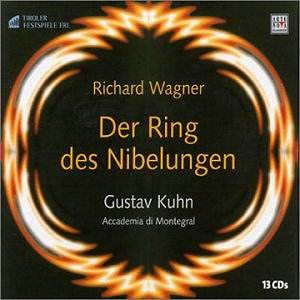
Der Ring des Nibelungen
/ The Ring of the Nibelung
The works are based loosely on characters from the Norse sagas and the Nibelungenlied.
The works are based loosely on characters from the Norse sagas and the Nibelungenlied.
It is actually a complete opera festival in itself, a cycle of 4 epic operas:
* Ante-evening: Das Rheingold / The Rhine Gold (150m)
* Day 1: Die Walküre / The Valkyrie (225m)
* Ante-evening: Das Rheingold / The Rhine Gold (150m)
* Day 1: Die Walküre / The Valkyrie (225m)
* Day 2: Siegfried (255m)
* Day 3: Götterdämmerung / Twilight of the Gods (255m)
* Day 3: Götterdämmerung / Twilight of the Gods (255m)
Selection from Day 1 - The Valkyrie
A valkyrie (chooser of the slain/女武神), in Norse mythology, is one of a host of female figures who decides who falls and dies in battle.
* Adopted in the Apocalypse Now (1979 movie)
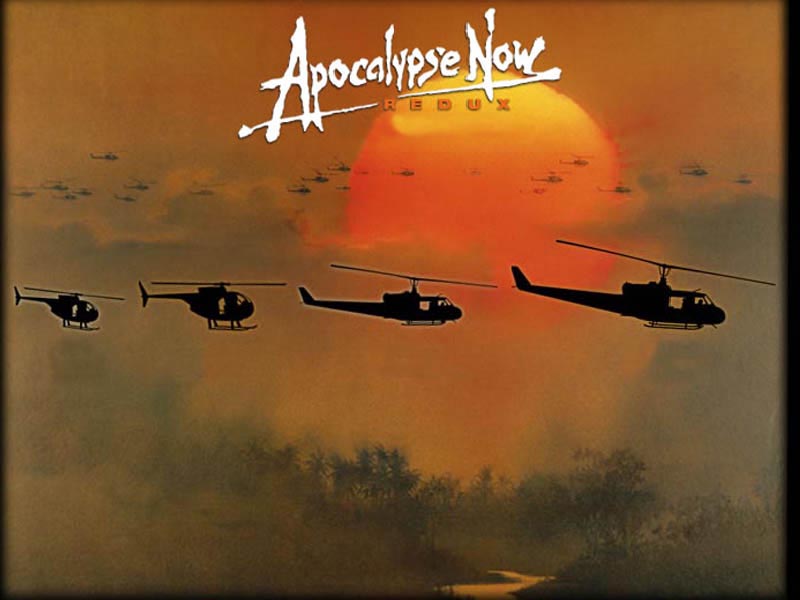
* Adopted in the Pearl Harbor (2001 movie)
= = = = =
Großer Festmarsch
/ Grand Festive March
- for the Opening of the Centennial Celebration of the Signing of the Declaration of Independence of the USA (1876)
= = = = =
- for the Opening of the Centennial Celebration of the Signing of the Declaration of Independence of the USA (1876)
= = = = =
The Flying Dutchman opera
/ Der fliegende Holländer
= = = = =
= = = = =
Overture
= = = = =
Tannhäuser und der Sängerkrieg auf Wartburg
- full title: Tannhäuser and the Singers' Contest at Wartburg Castle
Overture
= = = = =
Die Meistersinger von Nürnberg
/ The Mastersingers of Nuremberg
The story takes place in Nuremberg during the middle of the 16th century, when Nuremberg was an Imperial Free City, and one of the centers of the Renaissance in Northern Europe. It is his only opera centered on a historically well-defined time and place rather than a mythical or legendary setting.
The story takes place in Nuremberg during the middle of the 16th century, when Nuremberg was an Imperial Free City, and one of the centers of the Renaissance in Northern Europe. It is his only opera centered on a historically well-defined time and place rather than a mythical or legendary setting.
Three acts of 85 minutes each, totaling 4¼ hours.
It revolves around the real-life guild of Meistersinger (Master Singers), who developed a craftsman-like approach to music-making. One of the main characters is based on an actual historical figure: Hans Sachs (1494–1576), the most famous of the historical Mastersingers.
= = = = =
Tristan und Isolde
(R) deliberating lust with chromatic scale
(L) Prelude
(R) Liebestod (death of love) @ end of Act 3
Source: Wikipedia
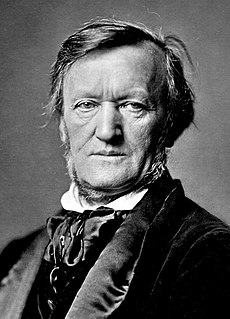





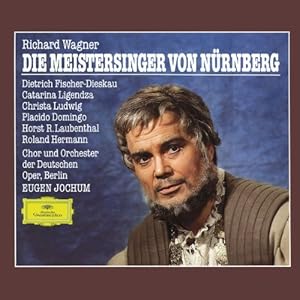
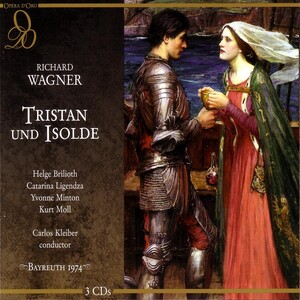
No comments:
Post a Comment